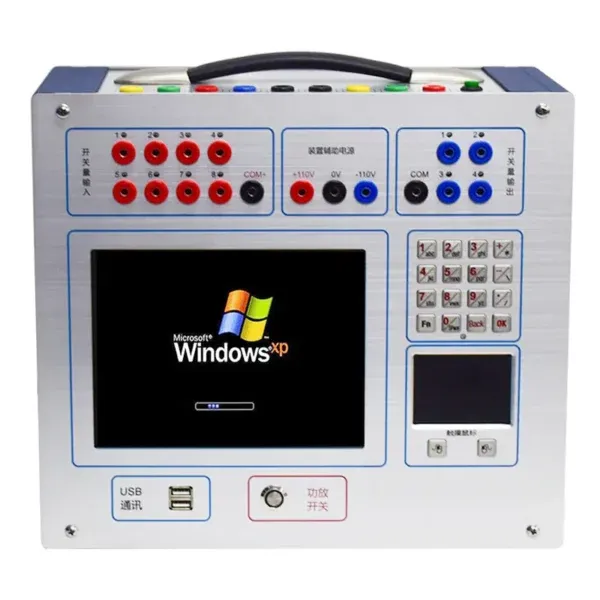 English
English



-
 Afrikaans
Afrikaans -
 Albanian
Albanian -
 Amharic
Amharic -
 Arabic
Arabic -
 Armenian
Armenian -
 Azerbaijani
Azerbaijani -
 Basque
Basque -
 Belarusian
Belarusian -
 Bengali
Bengali -
 Bosnian
Bosnian -
 Bulgarian
Bulgarian -
 Catalan
Catalan -
 Cebuano
Cebuano -
 China
China -
 China (Taiwan)
China (Taiwan) -
 Corsican
Corsican -
 Croatian
Croatian -
 Czech
Czech -
 Danish
Danish -
 Dutch
Dutch -
 English
English -
 Esperanto
Esperanto -
 Estonian
Estonian -
 Finnish
Finnish -
 French
French -
 Frisian
Frisian -
 Galician
Galician -
 Georgian
Georgian -
 German
German -
 Greek
Greek -
 Gujarati
Gujarati -
 Haitian Creole
Haitian Creole -
 hausa
hausa -
 hawaiian
hawaiian -
 Hebrew
Hebrew -
 Hindi
Hindi -
 Miao
Miao -
 Hungarian
Hungarian -
 Icelandic
Icelandic -
 igbo
igbo -
 Indonesian
Indonesian -
 irish
irish -
 Italian
Italian -
 Japanese
Japanese -
 Javanese
Javanese -
 Kannada
Kannada -
 kazakh
kazakh -
 Khmer
Khmer -
 Rwandese
Rwandese -
 Korean
Korean -
 Kurdish
Kurdish -
 Kyrgyz
Kyrgyz -
 Lao
Lao -
 Latin
Latin -
 Latvian
Latvian -
 Lithuanian
Lithuanian -
 Luxembourgish
Luxembourgish -
 Macedonian
Macedonian -
 Malgashi
Malgashi -
 Malay
Malay -
 Malayalam
Malayalam -
 Maltese
Maltese -
 Maori
Maori -
 Marathi
Marathi -
 Mongolian
Mongolian -
 Myanmar
Myanmar -
 Nepali
Nepali -
 Norwegian
Norwegian -
 Norwegian
Norwegian -
 Occitan
Occitan -
 Pashto
Pashto -
 Persian
Persian -
 Polish
Polish -
 Portuguese
Portuguese -
 Punjabi
Punjabi -
 Romanian
Romanian -
 Russian
Russian -
 Samoan
Samoan -
 Scottish Gaelic
Scottish Gaelic -
 Serbian
Serbian -
 Sesotho
Sesotho -
 Shona
Shona -
 Sindhi
Sindhi -
 Sinhala
Sinhala -
 Slovak
Slovak -
 Slovenian
Slovenian -
 Somali
Somali -
 Spanish
Spanish -
 Sundanese
Sundanese -
 Swahili
Swahili -
 Swedish
Swedish -
 Tagalog
Tagalog -
 Tajik
Tajik -
 Tamil
Tamil -
 Tatar
Tatar -
 Telugu
Telugu -
 Thai
Thai -
 Turkish
Turkish -
 Turkmen
Turkmen -
 Ukrainian
Ukrainian -
 Urdu
Urdu -
 Uighur
Uighur -
 Uzbek
Uzbek -
 Vietnamese
Vietnamese -
 Welsh
Welsh -
 Bantu
Bantu -
 Yiddish
Yiddish -
 Yoruba
Yoruba -
 Zulu
Zulu
knee voltage ct
Understanding Knee Voltage in Electrical Circuits A Comprehensive Guide
In the realm of electrical engineering and circuit design, the concept of knee voltage is pivotal, particularly in the context of diode operation and semiconductor devices. Knee voltage, often referred to as the threshold voltage or cut-in voltage, is the minimum voltage level at which a device starts to conduct significant current. This phenomenon is particularly observable in diodes, transistors, and various other electronic components, playing a critical role in defining their operational characteristics.
The Significance of Knee Voltage
The knee voltage is essential for understanding how different electronic components behave under varying voltage levels. For diodes, the knee voltage represents the point on the current-voltage (I-V) characteristic curve where the diode begins to conduct a noticeable amount of current. Below this voltage, the diode remains in a non-conductive state, effectively acting as an insulator. Once the applied voltage exceeds the knee voltage, the diode enters a conduction mode, allowing current to flow in the forward direction.
In the case of transistors, knee voltage helps define the regions of operation active, saturation, and cutoff. Each region has distinct characteristics relevant to the performance of amplifiers and switches. Understanding knee voltage is crucial for engineers designing circuits as it influences the efficiency and functionality of the entire system.
Applications and Implications of Knee Voltage
The practical implications of knee voltage are extensive, particularly in power electronics, signal processing, and digital circuits. For example, in power supply design, engineers must select components with appropriate knee voltage ratings to ensure efficient operation and avoid potential failures. If a diode's knee voltage is too high for a specific application, it may not turn on when required, leading to circuit malfunctions.
knee voltage ct

Moreover, the knee voltage is also central to the design of rectifier circuits, where diodes are used to convert alternating current (AC) to direct current (DC). The efficiency of this conversion is influenced by the knee voltage, as lower knee voltages can reduce power losses across the diode. This characteristic is particularly important in low-voltage applications, such as battery-operated devices, where minimizing energy loss is critical for prolonging battery life.
Factors Affecting Knee Voltage
Several factors can influence knee voltage in semiconductor devices and circuit elements. Material properties, such as the type of semiconductor used (e.g., silicon, germanium, gallium nitride), directly impact knee voltage levels. Additionally, temperature variations can cause shifts in knee voltage, necessitating careful thermal management in circuit design.
Manufacturing processes also play a significant role. For instance, doping levels, which determine the concentration of charge carriers in semiconductors, can modify the knee voltage. Circuit designers often account for these variables to achieve desired performance metrics under varying conditions.
Conclusion
In summary, knee voltage is a fundamental concept that underpins the functionality of numerous electronic components and circuits. Its understanding is essential for electrical engineers and designers aiming to create efficient, reliable, and high-performance systems. As technology continues to evolve, the significance of knee voltage will remain a central theme in the design and application of modern electronic devices. By grasping the nuances of knee voltage, engineers can innovate and improve the efficiency of electrical systems across various industries, from consumer electronics to automotive and renewable energy solutions. Understanding this concept ultimately empowers professionals to tackle the challenges of tomorrow's technological landscape.
-
Using Distillation Range Testers in the Food and Beverage IndustryNewsApr.16,2025
-
The Impact of IoT on Distillation Range Tester PerformanceNewsApr.16,2025
-
The Best Distillation Range Testers for Extreme ConditionsNewsApr.16,2025
-
How Distillation Range Testers Save Time and MoneyNewsApr.16,2025
-
Distillation Devices for Advanced Separation TechniquesNewsApr.16,2025
-
Common Mistakes to Avoid When Using a Distillation Range TesterNewsApr.16,2025



